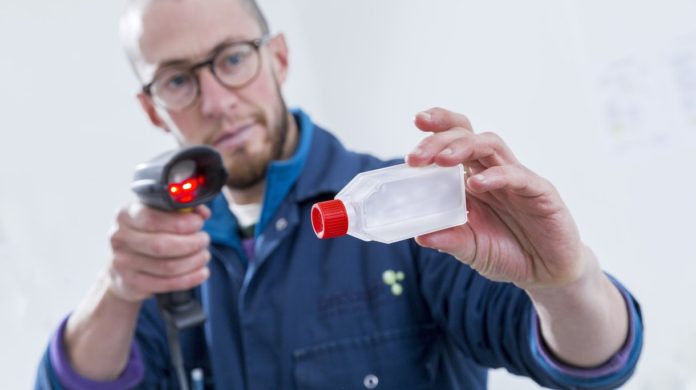There are different views on how we should optimize the animal protein supply chain, but let’s first put matters into perspective. Today, the livestock sector employs 1.3 billion people according to the FAO. About a billion of the world’s poorest people depend on animals for food, income, transport, social status and financial security.
In addition, global demand for meat and eggs is growing rapidly, driven by rising incomes, growing populations and urbanization. Livestock has a huge impact on the environment. Is the sector capable of intensifying and industrializing animal production in a sustainable manner and feed the world?
Intensifying agriculture good or bad?
The growth in the production of animal protein has come for decades from intensive production systems. We have switched and other countries are switching from low-input-low-output farming to high-input-high-output systems. A proven route to increased yield per animal, lower feed conversion rates, concentrated production areas, large farms and specialized breeding. Higher input to realize higher output to supply the world with affordable, nutritious animal protein.
Intensification seems at first glance an efficient method of solving the global food challenge, but a growing segment of the population believes that low-input-low-output organic farms are a more sustainable solution. A recent study assessing the sustainability performance of both systems, concluded that high-input-high-output systems outperform low-input-low-output systems. The study used the Response-Inducing Sustainability Evaluation method for a holistic assessment of sustainability.
The method comprises of 10 themes: soil use, animal husbandry, material use & environmental protection, water use, energy and climate, biodiversity, working conditions, quality of life, economic viability and farm management. Organic farms performed positively for 7 out of 10 themes. However, conventional farms reached positive scores for 9 from 10 themes. Regardless of the system, there are challenges connected to livestock production which should be addressed to improve sustainability.
Towards precision livestock production
Although the conventional way and the intensification of farming show goods results when sustainability is assessed, the introduction of new methods is essential to achieve sustainable development. There are still so many undiscovered ways to improve livestock production. Knowledge and skills are ever improving and with automated ways of gathering, processing and analyzing data, the route towards precision agriculture lies wide open. The growing number of tools designed to support decision making in farms will support finding the weaknesses of nutrition, farm management, housing, targeted animal care and so on, and the possible ways of improvement. It will bring us closer to reducing the natural error in treating groups of animals as one instead of as individual animals.
As a breeding company, we are closely involved in developing methods for precision phenotyping, utilizing new technologies that enables tracking of individuals using combinations of sensors. This will allow the use of group housing in our nucleus breeding centers and result into more accurate phenotyping. The combination of precision feeding, health care, housing, management, and precision breeding will advance today’s livestock towards a more sustainable sector. We have only just begun exploring the options.
More: Hendrix Genetics








